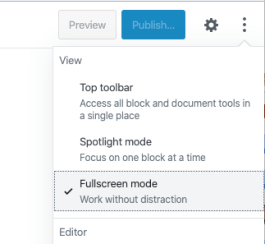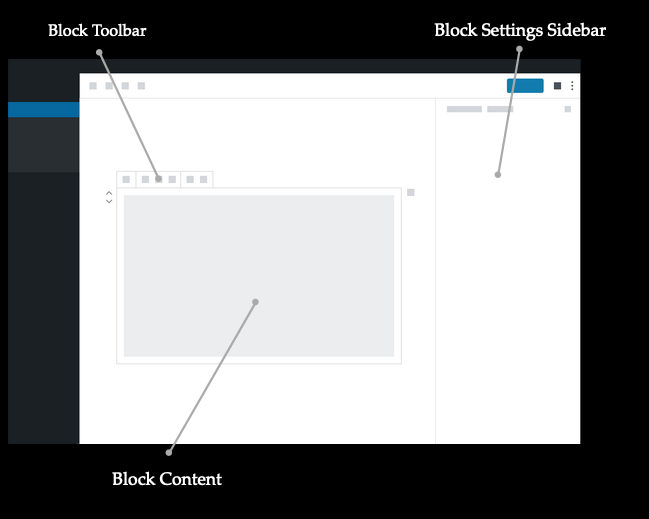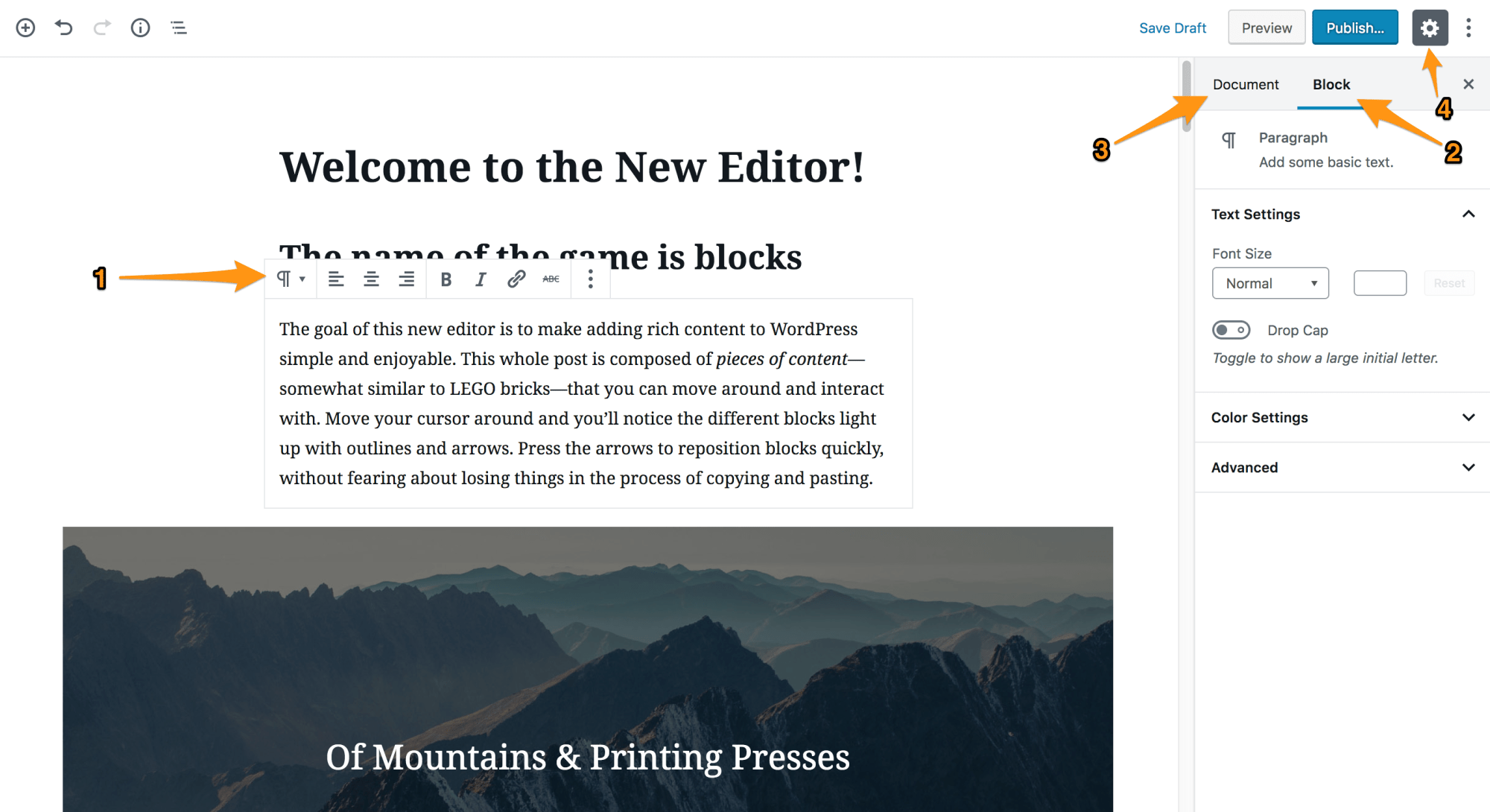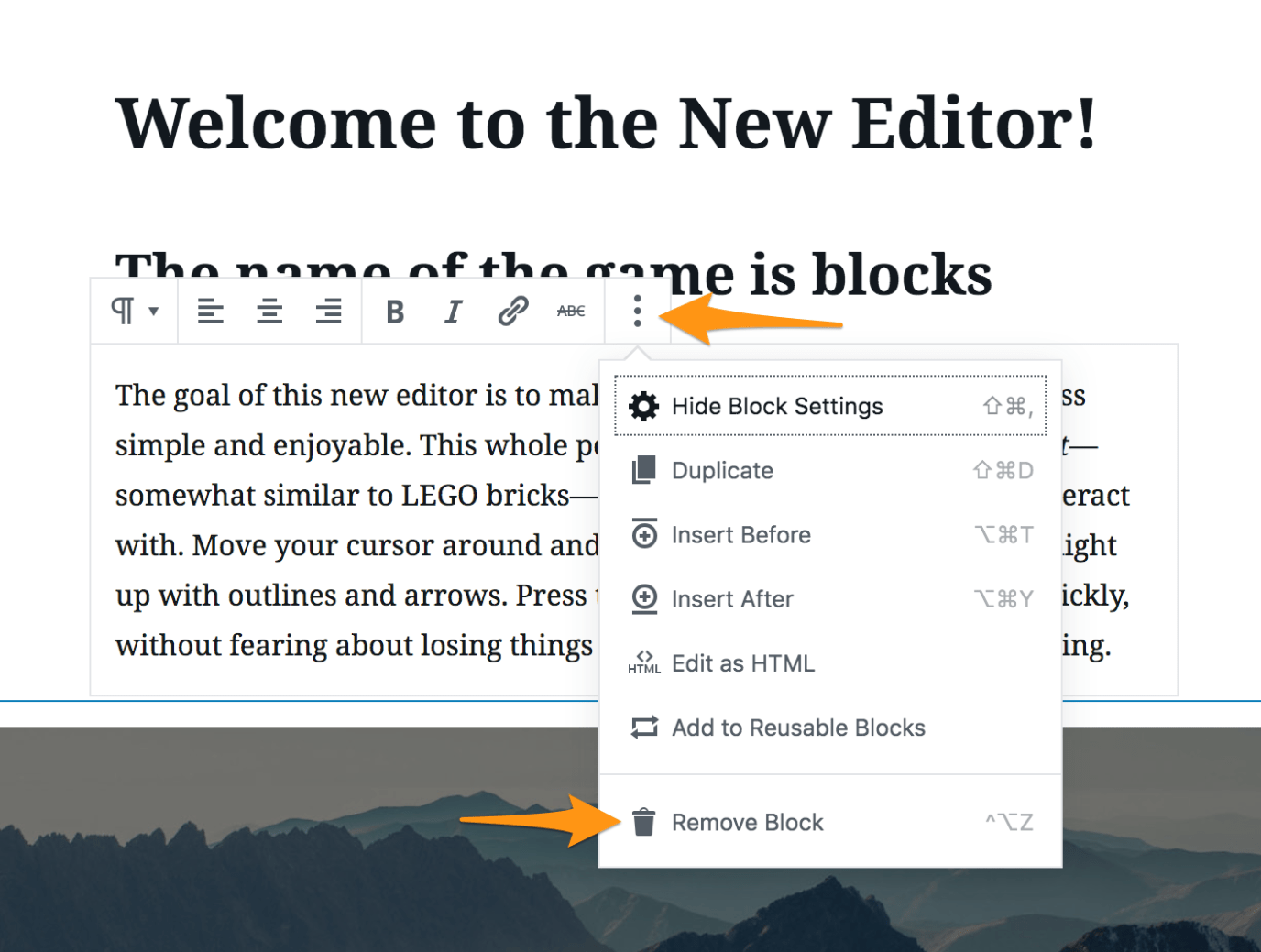Topics
The WordPress Editor is a new publishing experience. You can use it to create media-rich pages and posts and to control their layout with ease. Instead of worrying about the alignment and organization of text, quotes, and images, every element on a post or page has its own block — and you can focus on creating.
Move, edit, and customize each block, and the editor will display visual elements the way they’ll look on your actual site. You can confirm that via the Preview button before you hit “Publish”.
What’s New around the Block Editor What’s New around the Block Editor
- Block Directory
- Preview enhancements
- How to move blocks on your document (Keyboard + Drag & Drop)
- Block Pattern
- Inline Image Editing
- Keyboard Shortcuts in Block Editor
- Post/ Page Settings Sidebar
Note: We are working on the documentation and will upate this page, once the pages are available.
The Editor’s Workspace The Editor’s Workspace
With the release of WordPress 5.4, the block editor opens by default in Fullscreen mode when you “Add new post or page”.

How to access the Admin Menu? How to access the Admin Menu?

To access the Admin Menu, click on the WordPress logo on the top, note that this will make you leave the post or page.

How to switch-off Fullscreen mode? How to switch-off Fullscreen mode?

To switch-off Fullscreen mode, use the 3-dot menu on the top right and un-check Fullscreen Mode.
Your choice will be stored in your browser’s local storage. If you switch browsers the choice for the view won’t be available and you have to set your preference again. The same is true when you switch computers.
Safari browser users will experience a reset of default settings once in a while because Safari itself is programed to delete local storage entries every now and then.
The core developers are discussing the best method to persist user settings and will take care of these inconsistencies in future releases.
For now, you may use the Blockeditor Fullscreen Mode Control plugin to change the default behavior, and persistently store the fullscreen option between devices.
How Does the Block editor Work? How Does the Block editor Work?
Blocks Blocks
The WordPress Editor uses blocks to transform the way you create content, turning a single document into a collection of discrete elements with an explicit, easy-to-tweak structure.
The Block editor brings you an effortless page- and post-building experience. With blocks, you can quickly add and customize multiple media and visual elements that used to require shortcodes, custom HTML code, and embeds.
The Anatomy of a Block The Anatomy of a Block
Each block consists of a Block Toolbar, a Block Settings Sidebar and the Block Content. Depending on the block’s purpose the buttons of the Block Toolbar will change and so will be settings items in the Block settings sidebar. All the core blocks are divided into three sections: 1) Description in how a block works, and the items in the Block Tools and what you can change in the Block Settings Sidebar.

Adding a Block Adding a Block
There are many block types for you to choose from, which you’ll see organized by category and by most recent use. You can edit or move each block independently of other blocks, and individual blocks sometimes come with their own formatting settings for even greater control over layout and function.
Here are the ways to add a block.
Configuring a Block
Each block has its own settings. To find them, select a block: this will reveal a toolbar at the top of the block. You’ll also find additional settings in the sidebar to the right of the editor.
The settings at the top of the block usually include formatting options as well as the option to change the block type ([1] in screenshot below).
In the editor’s sidebar you can switch between settings for the current block ([2] in screenshot below) and settings for the whole document ([3] in screenshot below).
The Document Settings is where you can add tags and categories, choose a featured image, see and change the status of your post, and more — these are options that apply to the page or post as a whole.

You can click the cog icon at the top right of the editor to show or hide the settings column ([4] in screenshot above).
What if you’d like to change a block type? No problem: you can transform each block to another similar or related block type. For example, change a paragraph to a heading, a list, or a quote.

Removing a Block
To remove a block, select the block and click the three dots right above it. Among the settings there you’ll see the option to remove that block.

Shortcuts
A full list of shortcuts is available in the WordPress Handbook. (use your browser’s “Back” button to return to this documentation)
Frequently Asked Questions (FAQ)
When will the WordPress Editor be available on WordPress.org?
It already is! The block editor is set as your default editor unless you installed the classic editor plugin
Does the Block editor allow editing posts and pages in the front-end?
No. It’s a representation of what site visitors see on the front-end of your site. However, the layout and visual experience in the editor are much closer to the way things look like on the public-facing side of your site.
How will my existing content look?
Your current content should look the same as it did before. If you edit an existing post or page in the new editor, all the content will be placed in a Classic Block, which will treat it the same way that the Classic editor did.
Why doesn’t my content look the same in the editor and on the site?
You may see some variation between your content in the editor and on the site, largely because of the way your theme displays different visual elements. Some themes will include styles to help the editor look more like the front of the site; others will not. If your theme includes a sidebar, for example, you won’t see it in the editor, which may affect the width of your content when it displays on the front of the site.
Why are some settings available on one of my sites, but not another?
Some settings in blocks — “wide” or “full-width” — need to be supported by your theme. While the same blocks will be present on different sites, the specific settings you can apply to those blocks might be a bit different based on your active theme.
Will I still be able to use the Classic editor?
To switch to the classic editor, install and activate the Classic Editor plugin in your site.
Do shortcodes still work?
Yes. The editor comes with a shortcode block, which you can use for shortcodes just like before. In the future many shortcodes will become their own blocks.
Is this editor accessible?
Our aim is for the WordPress Editor to be as accessible as previous editors if not more so. We want everyone to be able to use it. The WordPress Accessibility Coding Standards state that “All new or updated code released in WordPress must conform with the WCAG 2.0 guidelines at level AA.“ This will be no exception.
Do I need to use a particular theme for the new editor?
No. The block editor will work with all themes. However, only some themes might support specific layout features (like “wide” and “full width” content). Some blocks CSS might need small adjustments for a better display.
Change Log
- Update 2020-08-17
- Added Section: New to WordPress 5.5
- Added link to Block Directory page.
- Update 2020-03-29
- Added section on default Fullscreen mode, introduced in WordPress 5.4
- Update 2020-03-19
- Move “Shortcuts” section above the FAQs
- Update 2020-03-18
- changed occurrences of “new editor” to “block editor”
- changed occurrences to “old editor” to “Classic editor”
- Added Anatomy of a Block graphic and explanations
- Reformatted the FAQ questions to Paragraph with medium size bolded text instead of Capitalized H5
- Added link to Classic Block page and Shorcode Block page
- Changed link to the Shortcut list to the developer documentation page.
Was this article helpful? How could it be improved?
You must be logged in to submit feedback.